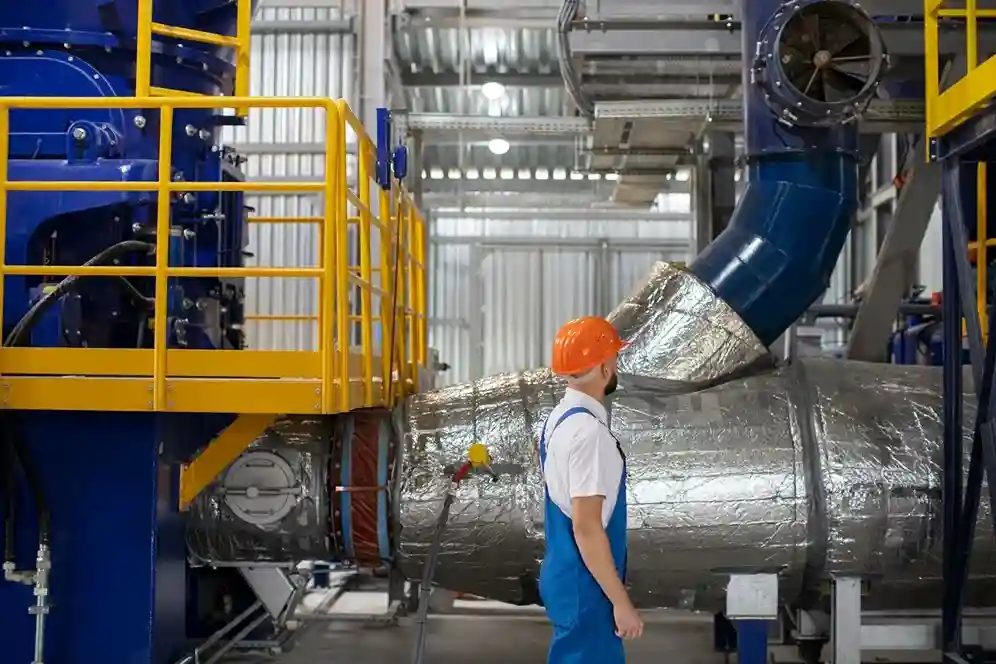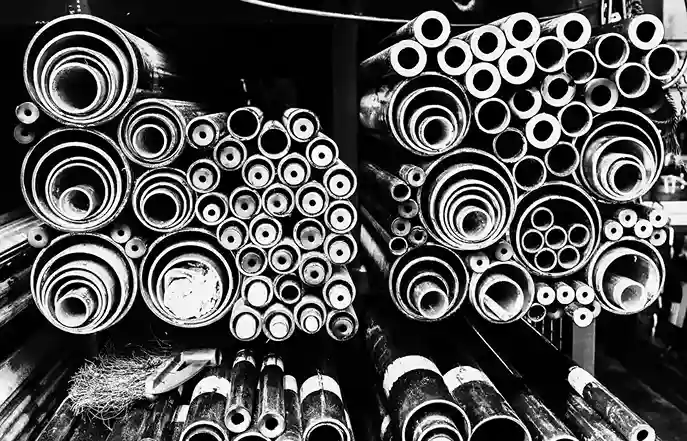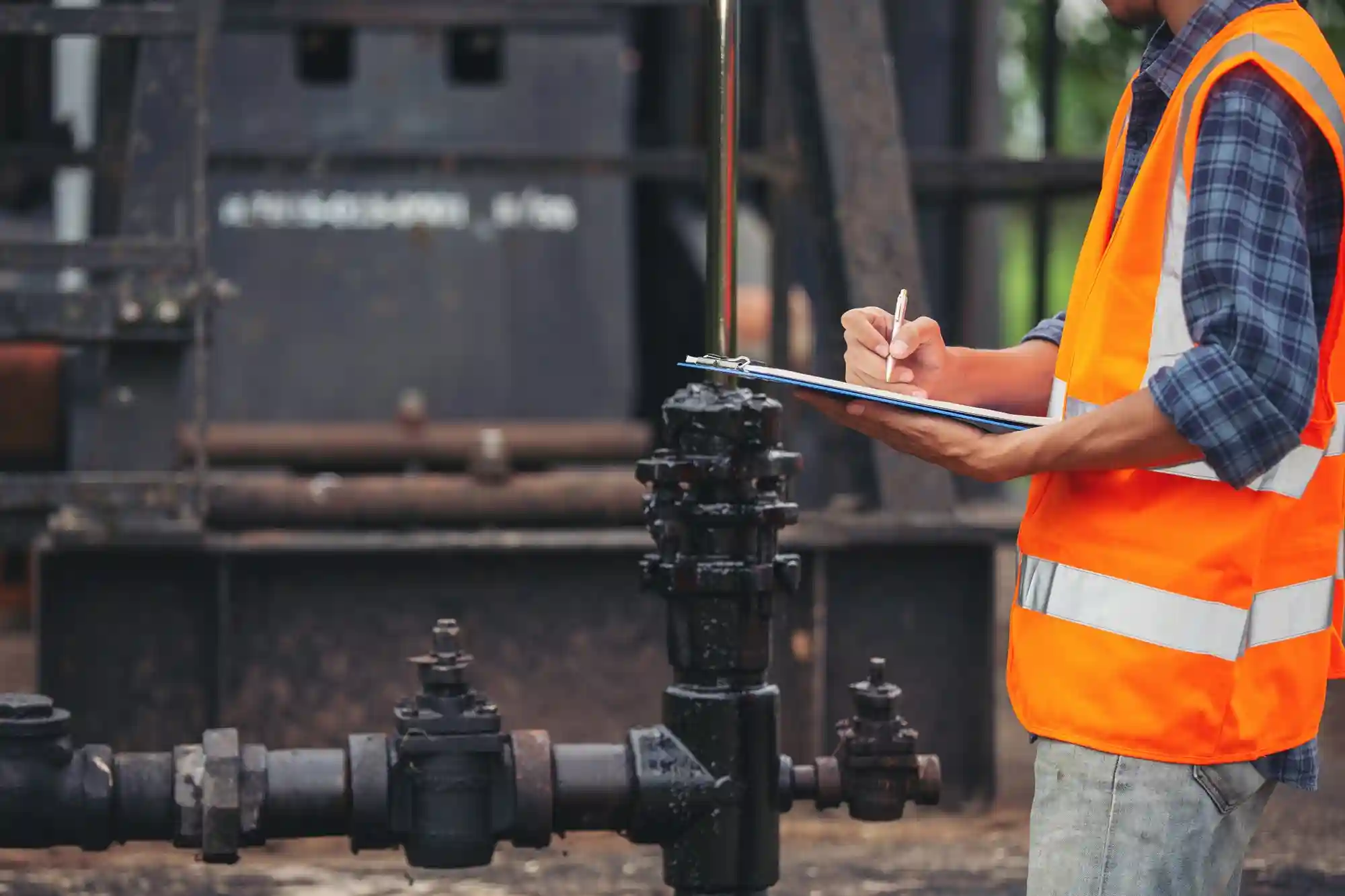What Are Threaded Pipe Fittings Used For?
In modern industrial piping systems, the integrity, strength, and longevity of connections are crucial for system performance and safety. Among the various types of pipe fittings available today, threaded pipe fittings remain a reliable and widely used option, particularly in industries requiring lower pressure and smaller pipe diameters. These fittings provide an effective, cost-efficient method of connecting piping components and play a key role across numerous applications and sectors.
This article explores the key uses of threaded pipe fittings, their advantages, and the industries where they are most commonly utilized. As a trusted pipe fittings supplier in Saudi Arabia, NWH is proud to provide premium-quality threaded fittings tailored to meet the diverse needs of modern infrastructure.
What Are Threaded Pipe Fittings?
Threaded pipe fittings are fittings with internal or external threads that allow them to connect to pipes or other fittings by screwing them together. These fittings are usually made from materials such as stainless steel, carbon steel, brass, or cast iron and are used primarily in small-diameter pipelines (generally up to 4 inches).
They come in a variety of types, including:
- Threaded elbows (45° and 90°)
- Tees
- Couplings
- Bushings
- Plugs and caps
- Unions
These fittings are typically classified under two thread standards:
- NPT (National Pipe Thread) – used mainly in the U.S.
- BSP (British Standard Pipe) – used in Europe, Asia, and other parts of the world
Primary Uses of Threaded Pipe Fittings
1. Low to Medium Pressure Applications
Threaded fittings are ideal for low- to medium-pressure applications, typically not exceeding 300 PSI. Their ability to create leak-tight seals without welding or soldering makes them suitable for non-critical service pipelines where pressure demands are moderate.
Read More: Understanding Pressure Ratings for Pipe Fittings
2. Small-Diameter Piping Systems
Since threaded connections are easier to implement in smaller pipelines, they are commonly used in systems with diameters under 4 inches. For larger diameters, welding or flanging becomes more practical and secure.
3. Water Distribution and Plumbing Systems
In residential, commercial, and some industrial plumbing systems, threaded fittings are used for water distribution lines. Their installation requires minimal tools and no hot work, making them suitable for fast and efficient plumbing jobs.
4. Compressed Air Systems
Threaded fittings are commonly used in air compressors and air line installations. They ensure secure connections between the compressor unit and piping network, often using galvanized or brass fittings for corrosion resistance.
5. Fire Protection Systems
In fire sprinkler and protection systems, threaded pipe fittings help connect pipes carrying water or fire-retardant chemicals. Their ability to be quickly assembled and disassembled is particularly useful in maintenance scenarios.
6. Gas and Fuel Systems
Natural gas, propane, and fuel oil distribution lines frequently rely on threaded connections. Proper sealing and the use of materials like forged steel or stainless steel make these fittings safe and effective for transporting volatile gases and fuels.
7. Chemical and Industrial Fluids
Chemical industries use threaded pipe fittings to transport non-corrosive or mildly corrosive fluids. While not ideal for highly corrosive or high-pressure chemical handling, they serve well in auxiliary and support piping.
Advantages of Threaded Pipe Fittings
– Ease of Installation
Threaded pipe fittings require no welding or heat-based joining methods. This simplifies installation and allows for quick replacement or modification of pipeline sections, especially in confined or hazardous spaces.
– Cost-Efficient
Compared to welded or flanged joints, threaded fittings reduce labor costs and eliminate the need for specialized equipment. This makes them a budget-friendly solution for small-scale or temporary installations.
– Versatility
Threaded fittings are available in a wide variety of shapes, sizes, and materials, making them adaptable to many types of systems, from water pipelines to compressed gas setups.
– Accessibility
They can be easily disassembled for maintenance, inspection, or modification. This feature is highly beneficial in systems that require frequent servicing or layout changes.
Key Considerations When Using Threaded Fittings
Despite their advantages, there are limitations to be aware of:
- Threaded fittings may be prone to leakage if not properly sealed using Teflon tape, pipe dope, or thread sealant.
- Vibrations in piping systems can loosen threaded connections over time.
- They are not ideal for high-pressure or high-temperature environments due to the risk of thread failure or leakage.
To mitigate these risks, it’s important to:
- Choose the right material and pressure rating
- Use proper sealing techniques
- Regularly inspect and maintain the connections
Conclusion
Threaded pipe fittings continue to be an essential component in piping systems across diverse industries. From water and gas to air and fire protection systems, their convenience, cost-effectiveness, and ease of use make them a preferred option in many low- to medium-pressure applications.
However, selecting the right material, applying proper sealing techniques, and sourcing fittings from a reputable supplier are vital for achieving long-term reliability and safety.
At NWH, we understand the challenges industries face in finding quality piping components. With our extensive inventory and expertise, we stand ready to be your dependable partner for all your pipe fitting needs in the Kingdom of Saudi Arabia and beyond.











